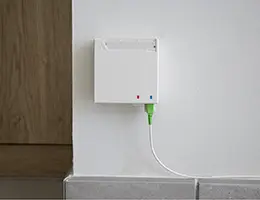Groupe
Depuis 1999, Telenco développe les réseaux de télécommunications d’aujourd’hui et de demain. Le Groupe conçoit, fabrique et exporte des solutions fiables et durables dans le monde entier.
Segments de marché
L’offre de Telenco s’adapte aux enjeux des différents marchés des télécoms. Nos solutions sont conçues selon les besoins et les évolutions des réseaux fixes, mobiles, privés et datacenter.
Voir toutApplications
Telenco propose une offre de solutions complètes pour différentes applications.
Voir toutMarques
Telenco conçoit et fabrique du matériel pour les réseaux de télécommunications sous 5 marques. Chacune possède sa propre spécialisation, mais toutes sont construites autour des mêmes valeurs : qualité, durabilité et innovation.
Compétences
Au fil des années, le Groupe a développé des expertises variées et complémentaires, qui permettent d’accompagner les clients dans la globalité de leur projet : de la conception au conseil, en passant par l’internalisation de nos processus de fabrication.
Talents
Avec plus de 650 collaborateurs répartis sur plusieurs continents, Telenco met sa force collective et sa diversité au service de ses clients. Participez à la construction des réseaux en rejoignant le Groupe !
Médias
Suivez toute l'actualité du Groupe Telenco.











